
Among jewelry designers and creators there is a great deal of interest in best practices for intellectual property protection. Several lawsuits have emerged in recent years over infringement of jewelry design copyrights. Properly understanding this topic is key to receiving appropriate recognition and all financial benefit from one's original creation.
To adequately address this topic, we should first define intellectual property in specific terms and the legal processes associated with it. We can then discuss the extent of copyright protection for jewelry.
Intellectual Property (IP)
The World Intellectual Property Organization defines intellectual property (IP) as
"creations of the mind, such as inventions; literary and artistic works; designs; and symbols, names and images used in commerce."
Protecting IP is critical to maintaining an environment that encourages innovation. Intellectual Property law does this by ensuring a creator can receive recognition for, solely benefit financially from, and prevent unauthorized usage of their original creations.
Intellectual property generally falls into four categories, each carrying its own legal processes and requirements:
- Copyright
- Patent
- Trademark
- Trade secrets
Let's review what they all mean and their applicability to jewelry copyright.
Copyright vs. Trademark vs. Patent vs. Trade Secret
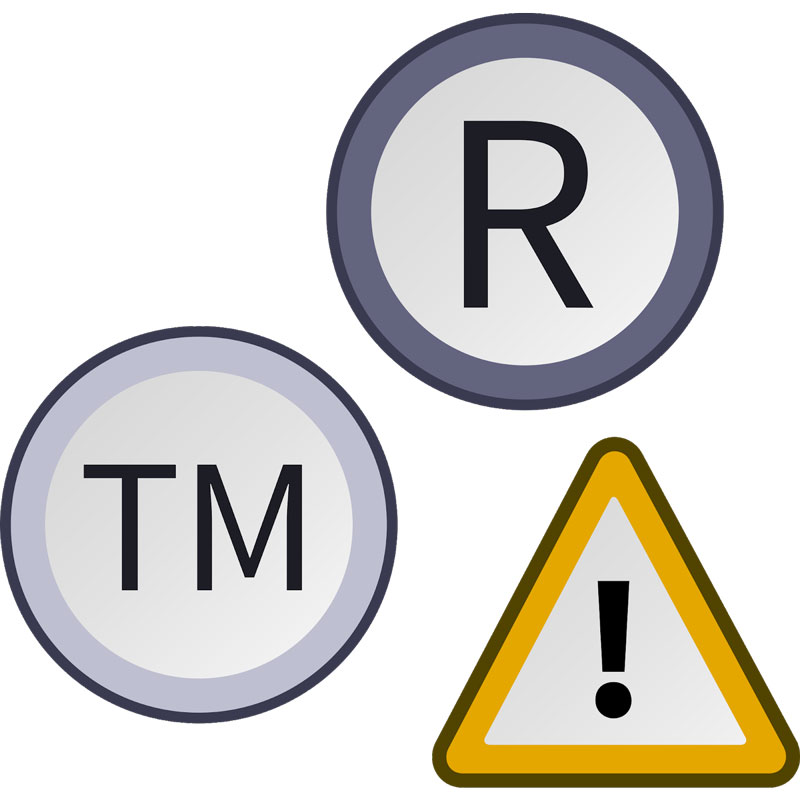
In general conversation, the terms representing the four categories of intellectual property tend to be used interchangeably. However, each type of intellectual property has a unique legal definition. Understanding the differences between them is crucial to adequately protecting your IP. The following definitions were taken from the World Intellectual Property Organization, and the Legal Information Institute at Cornell University.
- A trademark is a phrase, symbol, or word that is meant to be an identifying aspect of a particular brand, seller, or manufacturer. This identifier distinguishes their products from others on the market.
- A trade secret includes all confidential business information that gives a business or company a competitive edge over others in the market.
- A patent is usually granted for an invention that produces or creates a new process to solve a problem. To get your patent approved, you must provide technical information about the design in a patent application. Any company who wishes to use, make, sell, or distribute a product with your design, must obtain permission first.
- The U.S Copyright Act was originally enacted to protect authors. Due to the technological advancements since its original enactment, the act was expanded in 1978 to include all works of physical authorship to protect any representation of the original work. Only the owner of the copyright can reproduce, display, distribute, and license copies of the item.
Critical exceptions to The Copyright Act are items deemed "functional." The U.S Copyright Office deemed almost all fashion to be functional and, therefore, not protected by copyright law. Does jewelry copyright fall under fashion? Today, you’re going to find out.
Two government agencies are responsible for administering intellectual property law passed by Congress. These are the U.S Patent and Trademark Office and the U.S Copyright Office.
What Kind Of Jewelry Copyright Protection Should You Pursue?
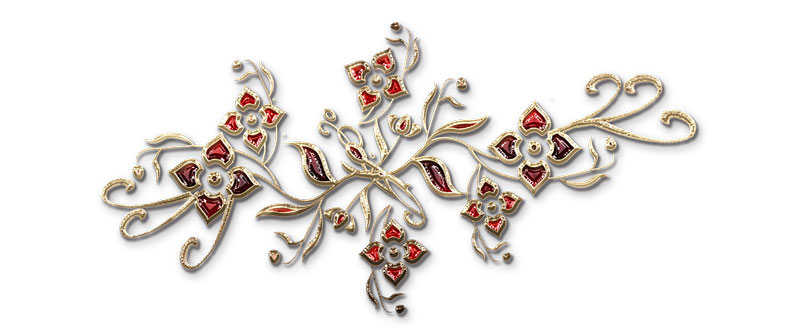
While fashion was mostly excluded from copyright protection, something else was excluded from this exclusion. Enter, jewelry.
Jewelry, in contrast to other fashion, is eligible for copyright protection. Like any other original work, jewelry acquires copyright protections immediately upon production. However, you might still be wondering why you should seek copyright protection versus patent protection. Here's a simple explanation that might clear things up.
A patent protects new ideas and concepts for the exclusive use and financial benefit of the inventor. A copyright protects the tangible expression of an idea but not the idea itself, in contrast to a patent which protects the ideas and concepts. For example, Microsoft can copyright its software Microsoft Word but the concept of a word processor cannot be copyrighted. Anyone could code their own word processor from scratch, if they so choose.
Patents are granted only for completely new designs, ideas, or concepts. To obtain a patent, instead of a jewelry copyright, you would need to sufficiently proved that your idea presents a brand-new method of doing something that never existed before. So, unless you can claim to have invented the type of jewelry for which you are making a design, it's hardly likely that seeking a patent for your jewelry design will be successful. However, if you can prove that a specific element of your jewelry is a new invention, you might be able to patent that component.
More on Copyright Protections
Copyright protections fall into two main categories:
- Economic
- Moral
The names themselves are quite self-explanatory but let's go in to some details. Economic protections allow a creator, at his or her discretion, to prevent or authorize use of their creation, whether the usage would be for profit or not. Economic protections also allow a creator to require compensation for any usage.
Moral protections preserve a creator's right to be properly credited with the work, and oppose any changes that might be harmful to his or her reputation.
Copyrighting Jewelry
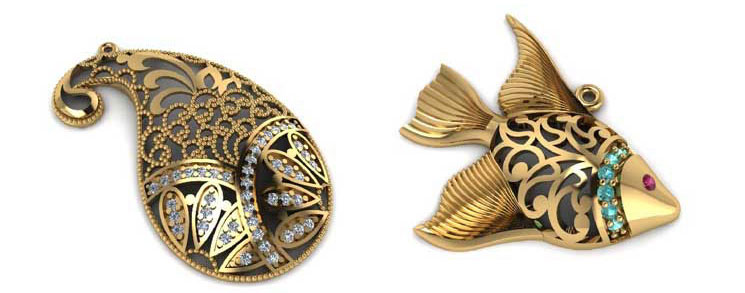
So, how does copyright protection apply to jewelry?
Jewelry is copyrighted as soon as it is produced, like any other original creation. No paperwork required. However, in order to take legal action to enforce a copyright infringement, the item must be formally registered. Also, in order to be eligible for statutory damages and legal fees, formal registration must take place within three months of initial publication. In this context, publication refers to any public distribution such as offering it for sale, giving it as a gift, or even posting a picture of it in a public space. Jewelry can be copyrighted as individual pieces, or as collections to reduce the paperwork and cost of the process. The formal copyright registration process takes several months.
It bears repeating that an idea or concept for jewelry cannot be copyrighted, only tangible expression of the idea.
Should You Copyright?
There are a few key benefits to acquiring formal copyright protection for your jewelry designs. First, formal registration is required for pursuing a legal copyright infringement case. Also, registering an item within three months of publication entitles you to statutory damages and legal fees when enforcing infringements. However, pursuing a copyright infringement case is a tricky undertaking for the plaintiff. The plaintiff, who bears the burden of proof in these cases, would need to prove both "access and substantial similarity"6
Burden of Proof
The person filing the claim must prove that the infringer had access to the original jewelry design and that the infringing work is substantially similar to the original piece of jewelry. If there is no similarity between creations, no copyright infringement has occurred. To dig a little deeper, not all elements of a copyrighted object are protected by copyright law. So, similarity of the pieces of jewelry must be shown specifically between the elements that are eligible for copyright protection.
In an even more complicated twist, copyright law allows for two parties to hold valid copyright protections for identical creations under a certain circumstance. This means that if two people create the exact same design with no exposure to each other's work throughout the process, both copyrights are valid.
Importation of Infringers
Formally registering a jewelry copyright also allows you to register with the U.S Customs and Immigration Service to protect against the importation of copyright-infringing products.
Controlling Your Brand
Additionally, having a formal copyright on your jewelry gives you more control in enforcing proper commercial use and depiction of your work. Anyone who wants to use your work, whether for financial benefit or not, must seek your permission. A formal copyright registration becomes public record and makes it easier for people to contact you for permission, and easier for you to track usage.
What Your Copyright Doesn't Protect Against
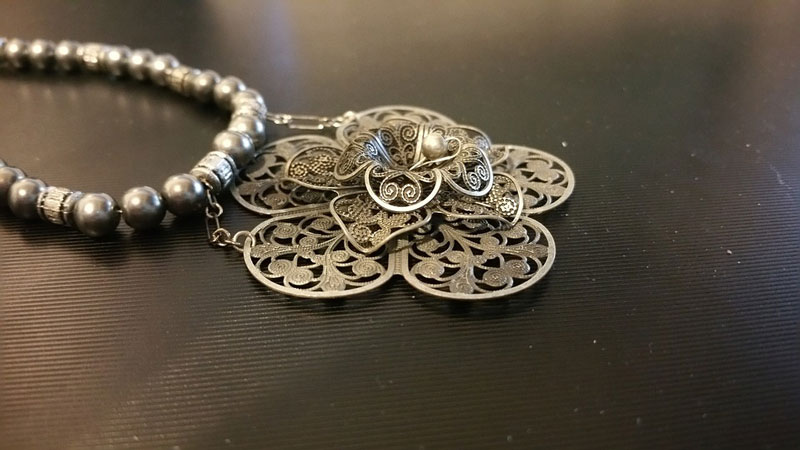
A good understanding of Fair Use doctrine is vital efficient copyright enforcement. According to copyright.gov, your work can be criticized, commented upon, and used in news reporting, research, and education activities. None of these constitutes copyright infringement.
Disadvantages of Copyrighting Jewelry
While there are certainly more advantages than disadvantages to copyrighting your jewelry designs, there are still some downsides to consider before commencing the process.
The first thing to bear in mind is that the formal registration process costs money and takes several months. Depending on how many pieces you intend to register, the process could end up being very pricy and a huge burden on your time. However, you can register your jewelry in collections to reduce the cost and time required. If you don't intend to use your jewelry for commercial purposes or economic benefit, the cost and rigor of form jewelry copyright registration can seem like fruitless work.
How Do You Get It Done?
You've considered all the factors, weighed the benefits against the disadvantages, and decided that formal copyright registration is best for your jewelry. How do you get the ball rolling on jewelry copyright?
First, it is highly recommended that you file for copyright registration within three months of publication. Doing this will give you a legal claim to statutory damages and legal fees when enforcing infringement. Publication can include posting pictures online or giving the jewelry to someone as a gift. You should then decide how many pieces you'd like to register in that filing. If you designed all the pieces in your collection and they haven't been previously published, they can be registered together for the cost of one filing.
Then, go to the electronic copyright office and follow the instructions for registering your jewelry copyright. You can pay the filing fees using your credit or debit card. Be sure to upload the required photos for all the pieces you intend to register. The registration cannot be properly processed without them.
Now, you wait. The process typically takes several months.
How Long Does Copyright Protection For My Jewelry Designs Last?
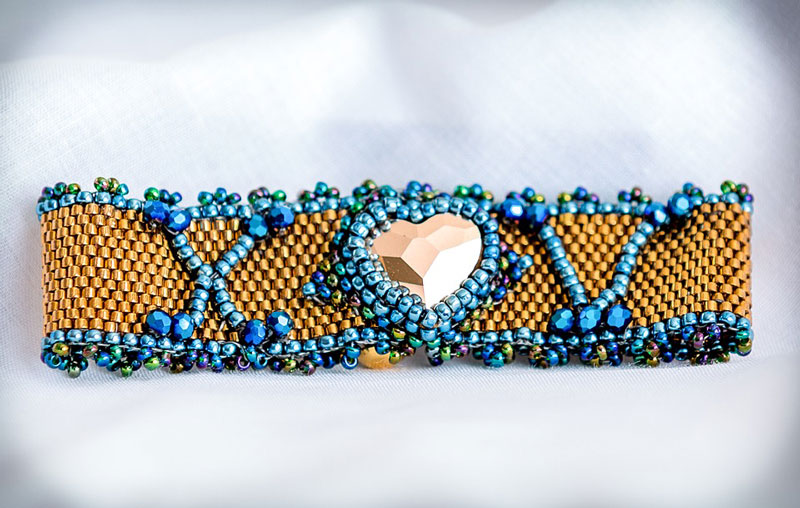
The length of protection depends on when the object was created and registered, but current copyright law protects creations for 70 years beyond the creator's death.
Since copyright protection for jewelry applies exclusively to the tangible expression of an idea. If you would like to protect other aspects of your business — such as your company's name, logo or byline — you would need to look into other types of intellectual property protection.
Copyright Laws Benefit All
Overall, the legal processes governing intellectual property in this country are designed to foster innovation and creativity while providing all citizens with fair access to information. By allowing creators to be sole financial beneficiaries of their original work, the system provides economic incentive for citizens to strive for excellence in their chosen crafts.
When creative people do their best work, society as a whole benefits from the increased quality of services, products, and information available. Fair Use doctrine further provides means for the general public to benefit from copyrighted jewelry and other creations without violating the copyright-owner's sovereignty over his or her work.
MKM Jewelry — Your Trusted Source

We hope this blog was informative and useful in deciding what's best for protecting your company's jewelry copyrights. Jewelry copyright protections stand at a fascinating intersection of laws and are certainly worthy of further research. We encourage you to explore the wealth of information regarding copyright protection for jewelry available on the internet.
Regardless of where you are in the design process, please feel free to
contact us for any of your
jewelry manufacturing needs. Our experts are equipped and ready to assist you with
computer-aided design and
manufacturing,
engraving,
finishing,
lost wax casting,
laser welding,
mold making and
setting. Reach out today!


 While fashion was mostly excluded from copyright protection, something else was excluded from this exclusion. Enter, jewelry.
Jewelry, in contrast to other fashion, is eligible for copyright protection. Like any other original work, jewelry acquires copyright protections immediately upon production. However, you might still be wondering why you should seek copyright protection versus patent protection. Here's a simple explanation that might clear things up.
A patent protects new ideas and concepts for the exclusive use and financial benefit of the inventor. A copyright protects the tangible expression of an idea but not the idea itself, in contrast to a patent which protects the ideas and concepts. For example, Microsoft can copyright its software Microsoft Word but the concept of a word processor cannot be copyrighted. Anyone could code their own word processor from scratch, if they so choose.
Patents are granted only for completely new designs, ideas, or concepts. To obtain a patent, instead of a jewelry copyright, you would need to sufficiently proved that your idea presents a brand-new method of doing something that never existed before. So, unless you can claim to have invented the type of jewelry for which you are making a design, it's hardly likely that seeking a patent for your jewelry design will be successful. However, if you can prove that a specific element of your jewelry is a new invention, you might be able to patent that component.
While fashion was mostly excluded from copyright protection, something else was excluded from this exclusion. Enter, jewelry.
Jewelry, in contrast to other fashion, is eligible for copyright protection. Like any other original work, jewelry acquires copyright protections immediately upon production. However, you might still be wondering why you should seek copyright protection versus patent protection. Here's a simple explanation that might clear things up.
A patent protects new ideas and concepts for the exclusive use and financial benefit of the inventor. A copyright protects the tangible expression of an idea but not the idea itself, in contrast to a patent which protects the ideas and concepts. For example, Microsoft can copyright its software Microsoft Word but the concept of a word processor cannot be copyrighted. Anyone could code their own word processor from scratch, if they so choose.
Patents are granted only for completely new designs, ideas, or concepts. To obtain a patent, instead of a jewelry copyright, you would need to sufficiently proved that your idea presents a brand-new method of doing something that never existed before. So, unless you can claim to have invented the type of jewelry for which you are making a design, it's hardly likely that seeking a patent for your jewelry design will be successful. However, if you can prove that a specific element of your jewelry is a new invention, you might be able to patent that component.
 So, how does copyright protection apply to jewelry?
Jewelry is copyrighted as soon as it is produced, like any other original creation. No paperwork required. However, in order to take legal action to enforce a copyright infringement, the item must be formally registered. Also, in order to be eligible for statutory damages and legal fees, formal registration must take place within three months of initial publication. In this context, publication refers to any public distribution such as offering it for sale, giving it as a gift, or even posting a picture of it in a public space. Jewelry can be copyrighted as individual pieces, or as collections to reduce the paperwork and cost of the process. The formal copyright registration process takes several months.
It bears repeating that an idea or concept for jewelry cannot be copyrighted, only tangible expression of the idea.
So, how does copyright protection apply to jewelry?
Jewelry is copyrighted as soon as it is produced, like any other original creation. No paperwork required. However, in order to take legal action to enforce a copyright infringement, the item must be formally registered. Also, in order to be eligible for statutory damages and legal fees, formal registration must take place within three months of initial publication. In this context, publication refers to any public distribution such as offering it for sale, giving it as a gift, or even posting a picture of it in a public space. Jewelry can be copyrighted as individual pieces, or as collections to reduce the paperwork and cost of the process. The formal copyright registration process takes several months.
It bears repeating that an idea or concept for jewelry cannot be copyrighted, only tangible expression of the idea.



Leave a Comment